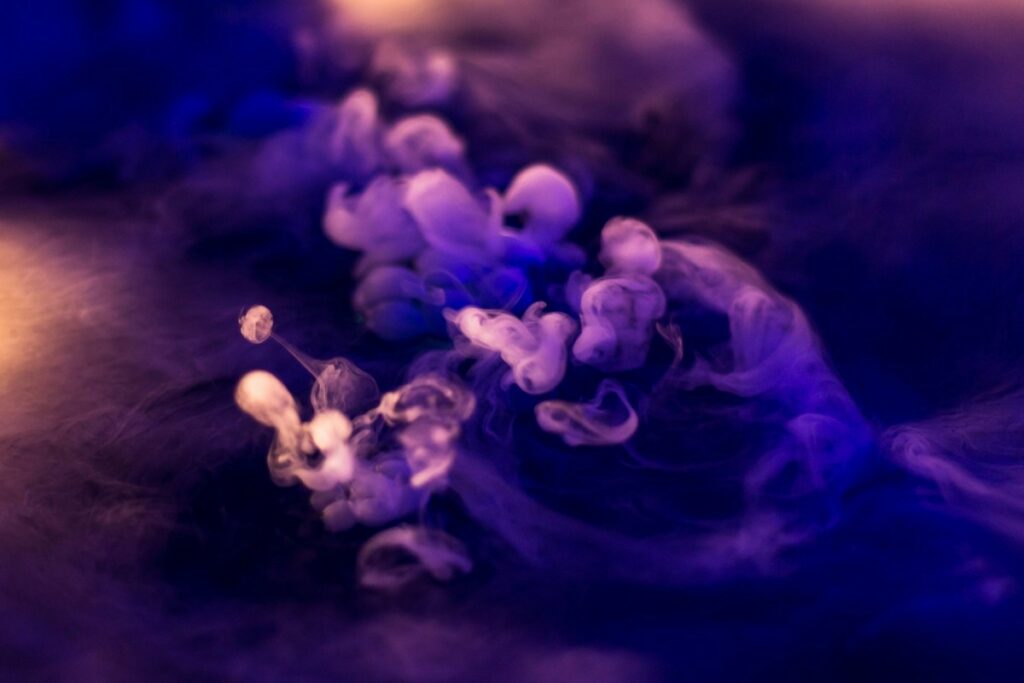How to Grow African Violets
2024 is the year of the African Violet, and here is a short guide on how to grow African Violets at home.

Do you love African Violets but are unsure about how best to care for them? Or, are you planning to give this velvety plant a new home? From my personal experiences, I am ready to to share how you can cultivate a healthy African Violet.
Sunlight Control & The Watering Ritual
African Violets relish filtered sunlight. A space plunged in direct sunlight will not help your African Violets flourish. However, LED and fluorescent lights are a permissible alternative.
Watery soil can be detrimental. Keep your African Violets in a 1” deep tray, pour water below rather than above, and wait for about 30 minutes. Remember to drain any surplus water to prevent excess moisture. Be careful while watering; cold water resulting in leaf spotting is a common mistake. Every once in a while, it’s beneficial to allow the soil to get 80% dry. Room temperature water is most favourable for these plants.
Temperature & Humidity Needs
African Violets perform optimally at temperatures between 75° to 85°F (23°-30°C), but short periods of lows of 55° (13°C) can be borne without mischief. Ensuring a minimum of 50% humidity proves advantageous for the blooming of these violets.
Place pebbles in a shallow tray of water to boost humidity, especially protect from drafty areas and abrupt temperature changes to prevent powdery mildew.
These plants bloom best when rootbound, which is why a 4-6 inches pot is perfect. Soil for African Violets must be light and porous to enhance aeration while retaining soil moisture. Take care to select a mix that will not destroy the delicate roots. It’s best to keep the pH between 5.8 and 6.2 to ensure the maximum absorption of nutrients. Annual re-potting in fresh soil guarantees more blooming!
Bloom Loving Care
Regular grooming encourages more flowering; this includes removing wilted or dead outer leaves and any spent flowers. Do you see any sucker plants splitting from the main crown? Remove and plant these separately, leaving only one plant per pot. If there are no blooms over 2 months, consider changing conditions such as the window, watering or humidity consistency. Non-urea African Violet fertiliser can revive blooming.
Winter Care Essentials
A sudden drop in temperature below 55°F (13°C) can lead to the demise of your violet. The winter mantra is to avoid icy drafts and cold windows. Use a humidifier as indoor air can be too dry during the heating season. Ensure enough light during winter; if your African Violet is stretching out or quitting blooming, consider moving to a brighter spot or relying on artificial lights. If they are overly dry, moisten the soil, wait for two days and repeat before reverting to the regular watering schedule.
Now that you know how to grow African Violets, it’s your turn to transform your home with these beautiful plants and nurture your wellbeing. Remember, every plant needs undivided attention and care, a lot like humans. As you nurture your African Violet, you nurture your soul.
Do you want to share your story and inspire our readers ? Know that every story is paving the way for a brighter, happier future.




